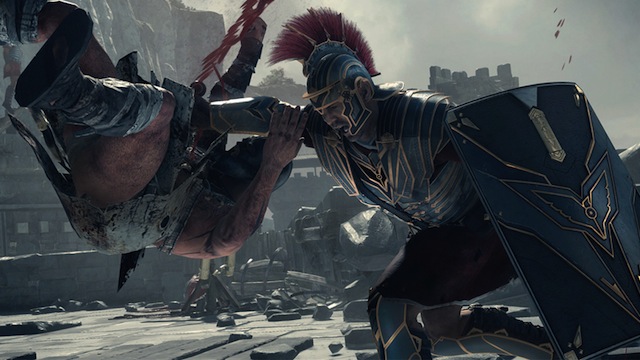Friends, Romans, countrymen, lend me your ears… literally.
Rome is burning. As Roman Centurions do what they do best—kill the enemy in nasty, nasty ways with gladius swords—Emperor Nero cowers in his vault with General Marius Titus as he hopes the big, beefy man will save him from impending doom. Not exactly. You see, Marius has a story to tell Nero,…
-
Stunning, breathtaking visuals
-
Short campaign
-
Typical revenge story
-
Fun hack-and-slash combat
-
Can change execution bonuses at any time for player's need
-
Only four styles of gameplay that repeat and repeat
-
Online multiplayer gladiator mode
-
Microtransactions unbalance multiplayer











